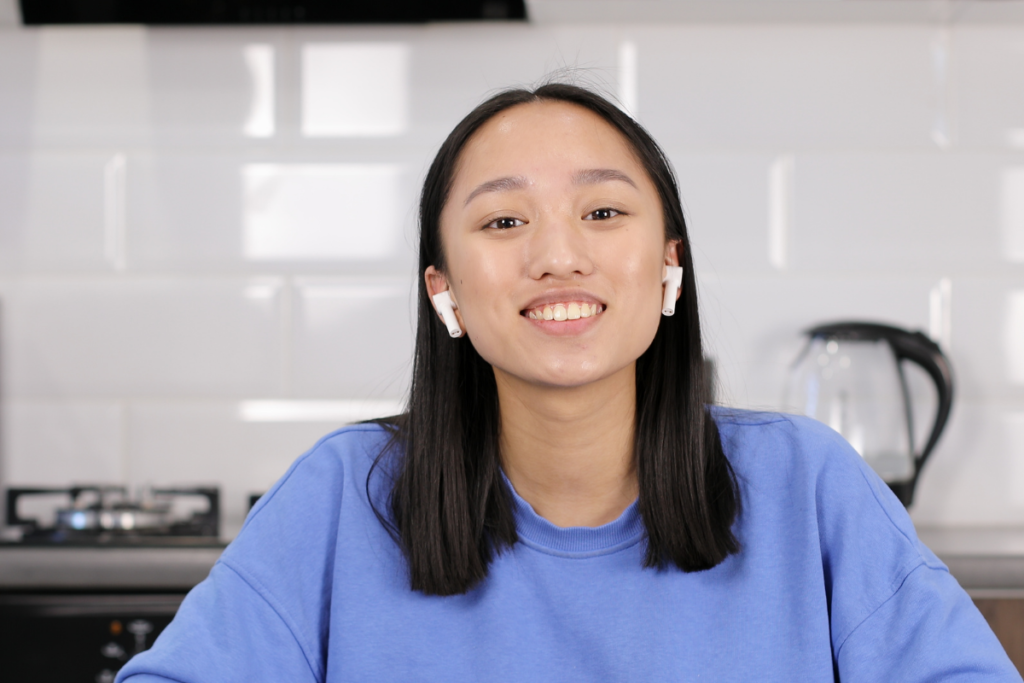Prepositions are small but powerful words that play a crucial role in any language, and Portuguese is no exception. They help connect words, phrases, and clauses, providing context and meaning to sentences. However, for beginners, Portuguese prepositions can be tricky to master because they don’t always translate directly from English, and their usage often depends on specific rules or idiomatic expressions. In this guide, we’ll explore the most common Portuguese prepositions, their meanings, and how to use them correctly.
1. What Are Prepositions?
Prepositions are words that link nouns, pronouns, or phrases to other parts of a sentence. They often indicate relationships of time, place, direction, or manner. In Portuguese, prepositions are used in a variety of contexts, and their correct usage is essential for clear communication.
Some of the most common Portuguese prepositions include:
- de (of, from)
- em (in, on, at)
- para (to, for)
- por (by, through)
- com (with)
- a (to, at)
- sobre (about, on)
2. The Preposition de
The preposition de is one of the most versatile in Portuguese. It can mean “of” or “from,” depending on the context. It is also commonly used to indicate possession, origin, or material.
Examples:
- Possession: O livro de Maria. (Maria’s book.)
- Origin: Eu sou de Portugal. (I am from Portugal.)
- Material: A mesa é de madeira. (The table is made of wood.)
Tip: De often combines with definite articles (o, a, os, as) to form contractions:
- de + o = do (of the)
- de + a = da (of the)
- de + os = dos (of the)
- de + as = das (of the)
Example: Eu gosto do filme. (I like the movie.)
3. The Preposition em
The preposition em is used to indicate location or position and can mean “in,” “on,” or “at.” Like de, it also forms contractions with definite articles.
Examples:
- Location: Eu estou em casa. (I am at home.)
- Position: O livro está em cima da mesa. (The book is on the table.)
Contractions:
- em + o = no (in/on the)
- em + a = na (in/on the)
- em + os = nos (in/on the)
- em + as = nas (in/on the)
Example: Eu estou no parque. (I am in the park.)
4. The Preposition para
Para is used to indicate direction, purpose, or intention. It often translates to “to” or “for” in English.
Examples:
- Direction: Eu vou para a escola. (I am going to school.)
- Purpose: Este presente é para você. (This gift is for you.)
- Intention: Eu estudo para aprender. (I study to learn.)
Tip: While para and por can both mean “for,” they are not interchangeable. Para is used for goals or destinations, while por is used for reasons or causes (see below).
5. The Preposition por
Por is another common preposition that can mean “by,” “through,” or “because of.” It is often used to express cause, means, or duration.
Examples:
- Cause: Eu fiz isso por você. (I did this because of you.)
- Means: Eu viajei por avião. (I traveled by plane.)
- Duration: Eu estudei por duas horas. (I studied for two hours.)
Tip: Por also appears in many idiomatic expressions, such as:
- Por favor (Please)
- Por isso (That’s why)
6. The Preposition com
Com means “with” and is used to indicate accompaniment or the means by which something is done.
Examples:
- Accompaniment: Eu fui ao cinema com meus amigos. (I went to the cinema with my friends.)
- Means: Eu escrevo com uma caneta. (I write with a pen.)
7. The Preposition a
The preposition a is used to indicate direction, time, or distance. It often translates to “to” or “at” in English.
Examples:
- Direction: Eu vou à praia. (I am going to the beach.)
- Time: A aula começa às oito. (The class starts at eight.)
- Distance: A escola fica a 2 km daqui. (The school is 2 km from here.)
Tip: A combines with the definite articles a and as to form contractions:
- a + a = à (to the)
- a + as = às (to the)
8. The Preposition sobre
Sobre means “about” or “on” and is used to indicate a topic or position.
Examples:
- Topic: O livro é sobre história. (The book is about history.)
- Position: O copo está sobre a mesa. (The glass is on the table.)
9. Common Prepositional Phrases
Portuguese prepositions are often used in fixed expressions or phrases. Learning these can help you sound more natural and fluent.
Examples:
- De acordo com (According to)
- Em vez de (Instead of)
- Por causa de (Because of)
- Para sempre (Forever)
10. Tips for Mastering Portuguese Prepositions
- Practice with Context: Prepositions often depend on context, so practice using them in full sentences rather than in isolation.
- Learn Contractions: Memorize the common contractions formed with de, em, and a to avoid mistakes.
- Listen to Native Speakers: Pay attention to how prepositions are used in conversations, songs, or TV shows.
- Use Flashcards: Create flashcards with prepositions and example sentences to reinforce your learning.
- Ask for Feedback: Practice speaking with native speakers and ask them to correct your prepositional usage.
Conclusion
Mastering Portuguese prepositions is a key step in becoming fluent in the language. While they can be challenging at first, understanding their meanings, learning common contractions, and practicing their usage in context will help you use them correctly. With time and consistent effort, you’ll be able to navigate Portuguese prepositions with confidence and clarity.


